There’s something magical about planting an acorn and watching it grow into a towering, majestic oak tree. These ancient trees have long symbolized strength, wisdom, and endurance — and planting one from a tiny seed is a satisfying, eco-friendly way to leave a living legacy for future generations.
If you’ve ever wondered how to transform an acorn into a mighty oak tree, you’re in the right place. In this complete guide, you’ll learn how to plant and grow acorns successfully, from gathering the right seeds to caring for your young sapling.
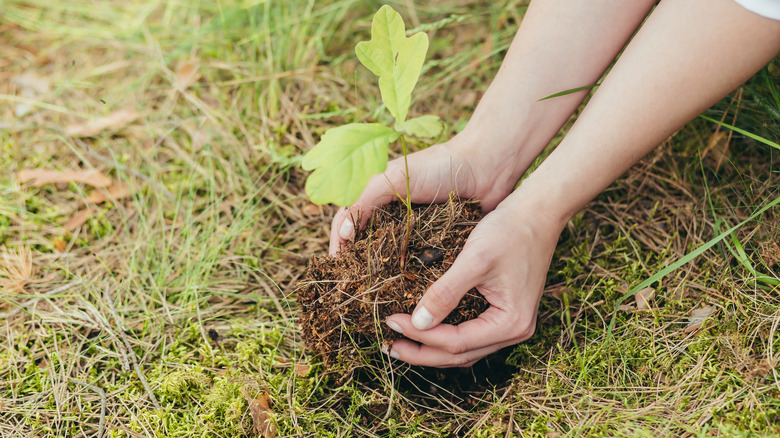
Why Plant an Acorn?
Besides the joy of nurturing life from seed to tree, planting acorns offers several wonderful benefits:
- Create natural shade in your garden or landscape
- Provide habitat and food for wildlife (birds, squirrels, deer, insects)
- Improve air quality and reduce carbon dioxide
- Enhance soil stability and prevent erosion
- Establish a living symbol of growth and longevity
And let’s not forget — it’s fun and surprisingly easy to do!
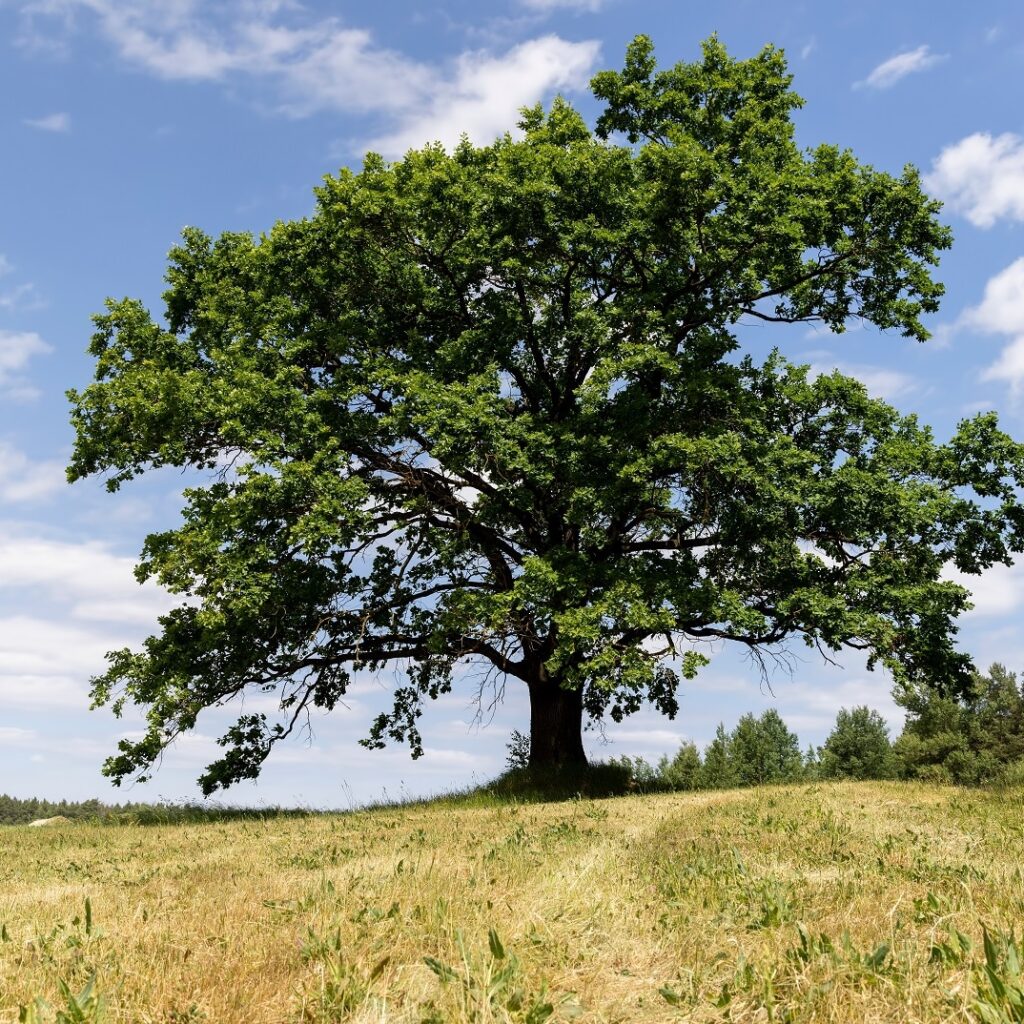
What You’ll Need
Before you start, gather these essentials:
- Fresh, ripe acorns
- Buckets or bowls for soaking
- Potting soil or seed-starting mix
- Small planting pots (4–6 inches deep) or nursery containers
- Labels (optional)
- Watering can
- A suitable outdoor planting location or garden bed
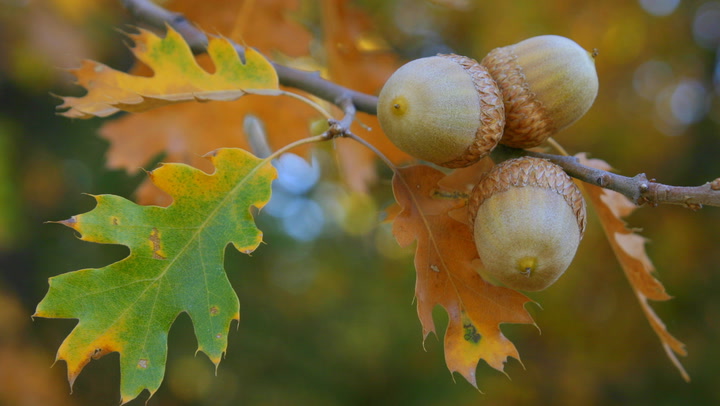
Step 1: Collect Fresh, Healthy Acorns
The best time to gather acorns is during fall, typically September to November, when they naturally drop from oak trees.
How to Identify Viable Acorns:
- Choose acorns that are brown, firm, and free from holes, cracks, or mold.
- Avoid green, shriveled, or damaged acorns, as these are unlikely to germinate.
- If possible, pick them directly from the tree or freshly fallen on the ground.
Pro tip: Collect more than you need, as not every acorn will sprout.
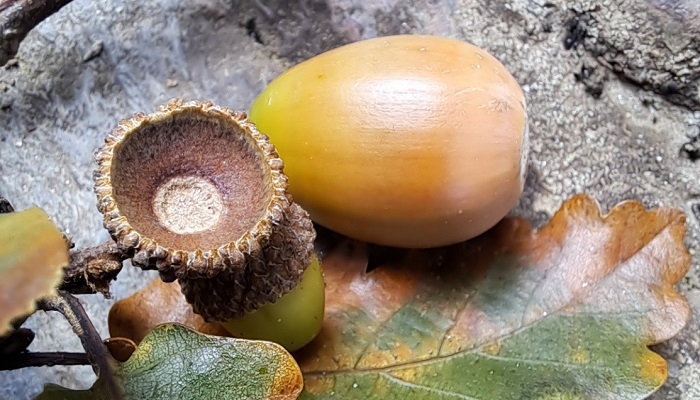
Step 2: Perform a Float Test
To separate the healthy seeds from the duds:
- Place the acorns in a bowl or bucket of water.
- Discard any that float to the surface — these are likely hollow or damaged.
- Keep the ones that sink — they have a solid, viable seed inside.
Step 3: Cold Stratification (If Needed)
In nature, acorns go through a cold, dormant period over winter before sprouting in spring. You can mimic this process to improve germination.
Species like white oaks can be planted immediately, while red oaks typically require cold stratification.
How to Cold Stratify:
- Place viable acorns in a resealable plastic bag filled with slightly moist peat moss, vermiculite, or sand.
- Seal the bag and refrigerate at 34°F–40°F (1°C–4°C) for 6–8 weeks.
- Check occasionally for mold and keep the medium damp but not soggy.
- Look for tiny root tips starting to emerge.
Step 4: Prepare Pots or Seed Trays
While you can plant acorns directly in the ground, starting them in pots offers better control over their early growth and protection from pests.
- Use pots at least 4–6 inches deep to accommodate developing taproots.
- Fill with a well-draining potting mix — a blend of compost, garden soil, and sand works well.
- Water the soil lightly before planting.
Step 5: Plant the Acorns
Once your acorns are ready:
- Plant each acorn on its side or with the pointed end facing down about 1–2 inches deep.
- Cover with soil and gently firm it down.
- Label your pots with the oak species and planting date.
Pro tip: If root tips have started to emerge, plant with the root pointing downward.
Step 6: Water and Position the Pots
Keep the soil consistently moist but not waterlogged. Place the pots:
- Outdoors in a protected, shaded area (like a cold frame, porch, or sheltered patio)
- Or indoors in a cool, bright location away from direct heat sources
If planting outdoors during fall, the natural winter dormancy will take care of cold stratification.
Step 7: Watch for Germination
Acorns typically sprout within 2–8 weeks, depending on the species and growing conditions.
Look for:
- Tiny green shoots breaking through the soil
- Rapid root development beneath the surface
Once the saplings develop a few leaves and a healthy root system, you can prepare to transplant them.
Step 8: Transplanting Your Oak Seedling
When your oak sapling reaches 6–12 inches tall (usually within 4–6 months):
- Choose a sunny, open location with room for future growth (oak trees can live for centuries and reach 50–80 feet tall and wide).
- Dig a hole twice as wide and slightly deeper than the root ball.
- Remove the sapling from its pot, being careful not to damage the taproot.
- Place the sapling in the hole, ensuring the top of the root ball is level with the soil surface.
- Backfill with native soil and firm it gently.
- Water deeply.
Step 9: Care and Maintenance
Watering:
Keep young saplings well-watered, especially during dry spells, for the first 1–2 years.
Mulching:
Add a 2–3 inch layer of mulch around the base to conserve moisture and suppress weeds, but keep it away from the trunk.
Protection:
Use tree guards or mesh fencing to protect saplings from deer, rabbits, or lawn equipment damage.
Pruning:
Minimal pruning is needed early on — remove only dead or damaged branches.
Benefits of Growing Your Own Oak Tree
- Environmental impact: Oaks absorb carbon dioxide, provide oxygen, and improve biodiversity.
- Erosion control: Deep roots help stabilize soil and prevent erosion.
- Wildlife habitat: Acorns and foliage support birds, squirrels, insects, and other local fauna.
- A living legacy: Your oak tree may stand tall for hundreds of years!
Fun Facts About Oak Trees
- There are over 600 species of oak trees worldwide.
- Oak trees can live for 200–1,000+ years.
- An average mature oak produces 2,000+ acorns per year, but only 1 in 10,000 grows into a tree.
- Oaks are prized for their strong, durable wood in shipbuilding, flooring, and furniture.
Final Thoughts
Planting and growing acorns is a simple, rewarding project suitable for gardeners of all ages. Not only will you contribute to the environment and local ecosystem, but you’ll also witness the incredible transformation of a tiny seed into a mighty oak tree.
Whether you plant one in your backyard, a park, or gift it to a loved one, your oak will stand as a living reminder of your connection to nature and the future.

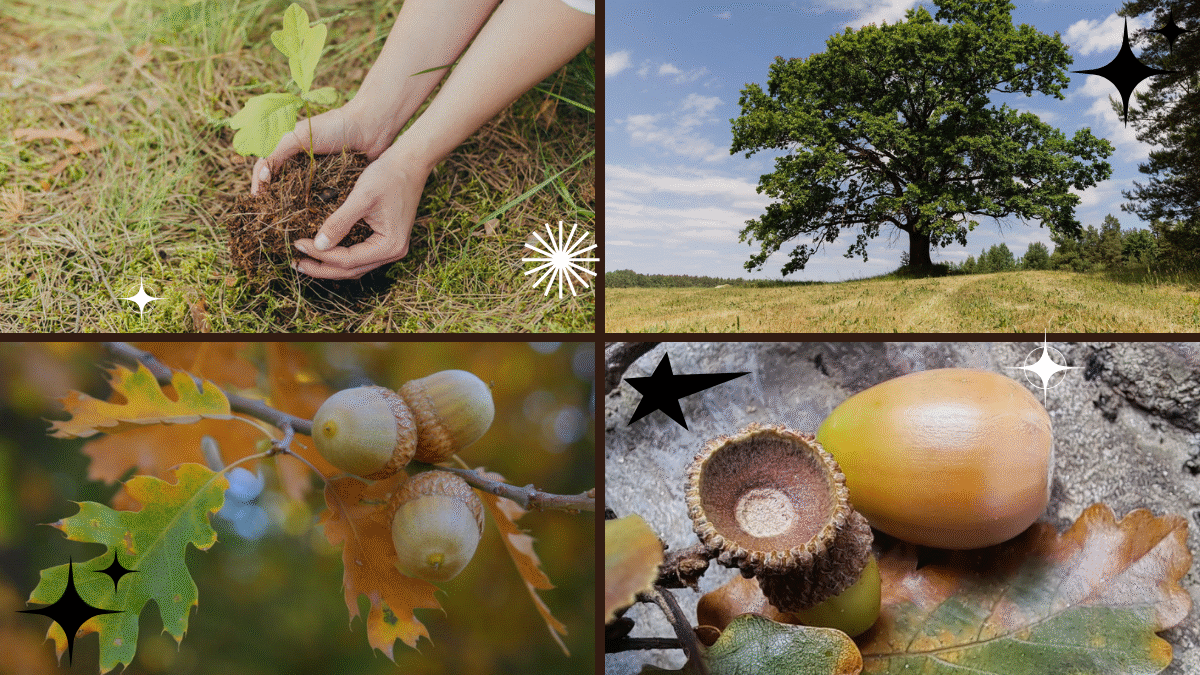



Leave A Comment